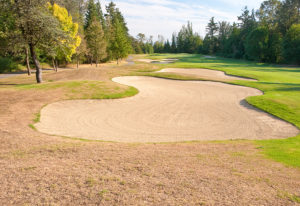
When managing a golf course, it’s important to be prepared for the unexpected, especially when it comes to water. You never know when something like a pipe failure, a fire, or in most cases, lack of rainfall, will affect your course’s water supply. Since a golf course uses, on average, about
312,00 gallons of water per day, it’s best to create a water-management plan. In fact, it’s often required by the state for courses to have this. If you wait until a drought occurs, you’re too late. Your course will need to have reduced water use long before your area is actually in a drought.
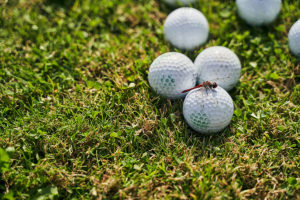 With their lush greens and varied plantings, naturally golf courses are an attractant to insects of all kinds. Which is great—Insects do a lot for a golf course. They pollinate the flowering plants, keep troublesome insects in check, and they are important decomposers. Though some are welcome additions to your course for the benefits they bring, others arrive without an invitation, wreaking havoc across your turfgrass, presenting one of the toughest challenges golf course supers face: dealing with pests.
With their lush greens and varied plantings, naturally golf courses are an attractant to insects of all kinds. Which is great—Insects do a lot for a golf course. They pollinate the flowering plants, keep troublesome insects in check, and they are important decomposers. Though some are welcome additions to your course for the benefits they bring, others arrive without an invitation, wreaking havoc across your turfgrass, presenting one of the toughest challenges golf course supers face: dealing with pests.


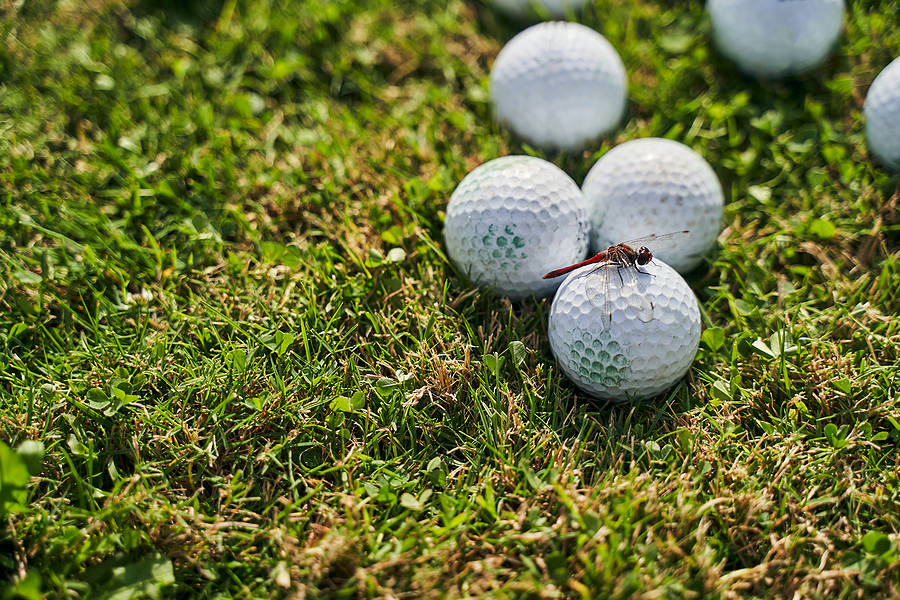

 Has your golf course already had your spring opening? Were your players able to get in a few early rounds this month already? The weather this spring has granted some areas a couple of warm days, so courses have been able to offer some early bonus days. But with March ending, regular play across the country is set to begin. Is your course ready? Here are some golf course preparation tips to make sure you're ready to go when golfers come calling.
Has your golf course already had your spring opening? Were your players able to get in a few early rounds this month already? The weather this spring has granted some areas a couple of warm days, so courses have been able to offer some early bonus days. But with March ending, regular play across the country is set to begin. Is your course ready? Here are some golf course preparation tips to make sure you're ready to go when golfers come calling. 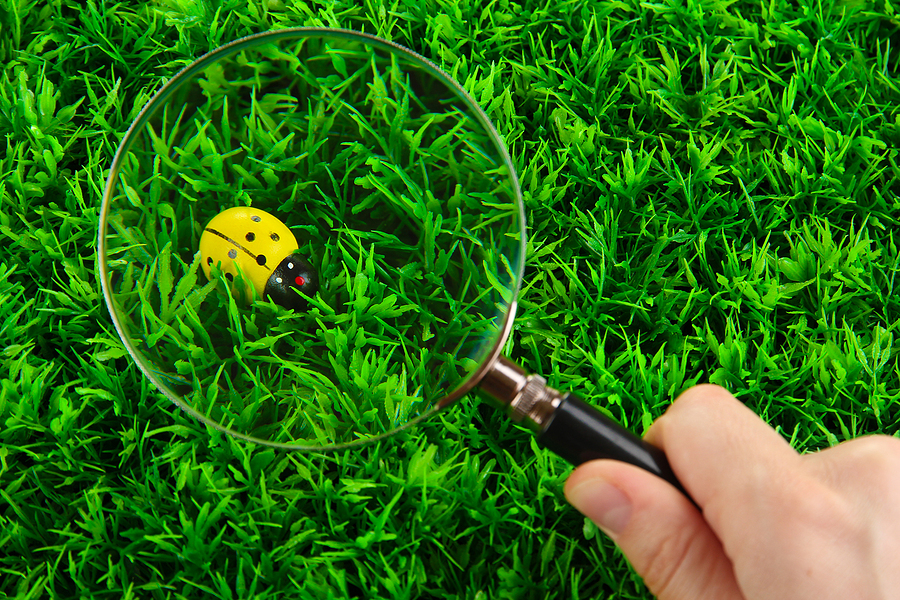
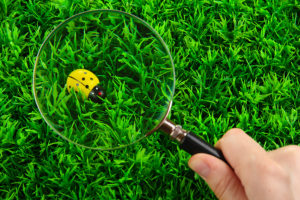 Golf course supers wear many hats--groundskeeper, teacher, financial advisor, staff manager, horticulturist, chemist, dead animal remover even. It's a job that takes a wide skill set. One hat you may not realize you wear is detective. When it comes to turf and pest management success, it’s crucial for a super to be able to solve the crime of “What’s ruining my turf?” It requires regular grounds and pest monitoring, along with some sleuthing skills. So channel your inner Perry Mason and let's figure out what creepy crawly is messing with your greens.
Golf course supers wear many hats--groundskeeper, teacher, financial advisor, staff manager, horticulturist, chemist, dead animal remover even. It's a job that takes a wide skill set. One hat you may not realize you wear is detective. When it comes to turf and pest management success, it’s crucial for a super to be able to solve the crime of “What’s ruining my turf?” It requires regular grounds and pest monitoring, along with some sleuthing skills. So channel your inner Perry Mason and let's figure out what creepy crawly is messing with your greens. 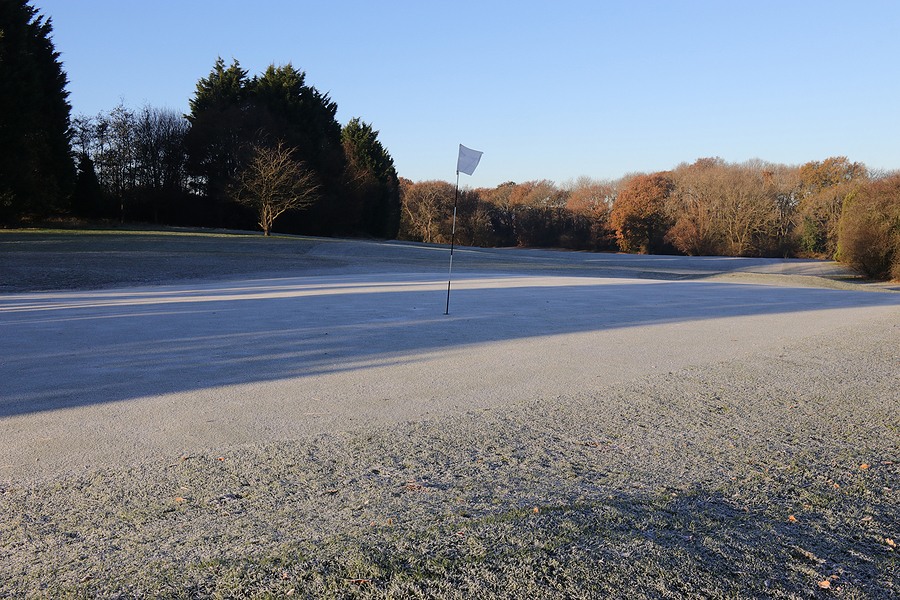
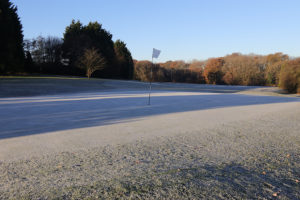 As the pandemic rages on across the country, businesses everywhere are hurting—including golf courses. But now in the North, the weather has turned cold, so playing golf is not as appealing to players as it once was. With the loss of revenue from the past year, it can be tempting for courses to want to push it—keeping their course open longer than usual, hoping for a warmer day here and there so the die-hards may stop by and squeeze in some additional rounds. But keeping the course open through the winter months is hard. There are fewer daylight hours and difficult weather conditions to contend with. What’s a course to do? We have some ideas for you.
As the pandemic rages on across the country, businesses everywhere are hurting—including golf courses. But now in the North, the weather has turned cold, so playing golf is not as appealing to players as it once was. With the loss of revenue from the past year, it can be tempting for courses to want to push it—keeping their course open longer than usual, hoping for a warmer day here and there so the die-hards may stop by and squeeze in some additional rounds. But keeping the course open through the winter months is hard. There are fewer daylight hours and difficult weather conditions to contend with. What’s a course to do? We have some ideas for you. 
 Though the bodies of water across a golf course are beautiful to look at, most golfers try to avoid them at all costs. For Superintendents, they are something they definitely can NOT avoid. They are an aspect of the course that requires constant attention, care and maintenance—ensuring that the water is clean and the quality high. The struggle lies in that it’s not easy or cheap to accomplish this, but it’s unavoidable.
Though the bodies of water across a golf course are beautiful to look at, most golfers try to avoid them at all costs. For Superintendents, they are something they definitely can NOT avoid. They are an aspect of the course that requires constant attention, care and maintenance—ensuring that the water is clean and the quality high. The struggle lies in that it’s not easy or cheap to accomplish this, but it’s unavoidable. 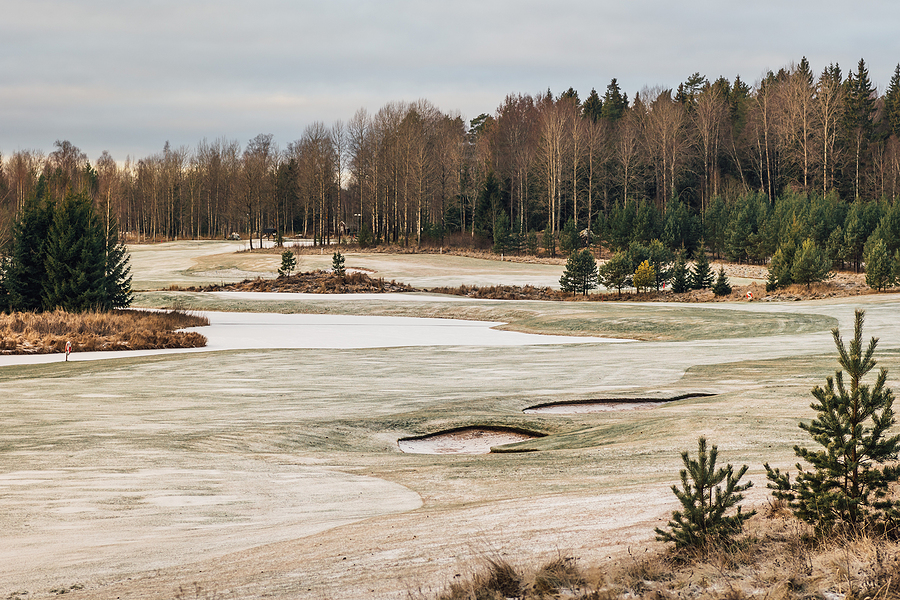
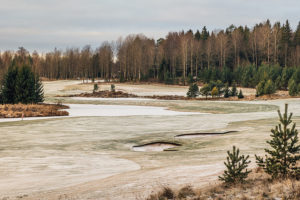 Winter is just around the corner, so as course traffic begins to slow for many clubs in the North, that doesn’t mean the course maintenance does. If you think about it, during the prime golfing season, a super’s focus is on general course maintenance and making sure daily play is the best it can be. But during the months when it’s too cold for golfing, this is the time to catch up, get organized and start planning for the next year. Here are some suggestions to help you be prepared come spring. Can you check all of these off your list?
Winter is just around the corner, so as course traffic begins to slow for many clubs in the North, that doesn’t mean the course maintenance does. If you think about it, during the prime golfing season, a super’s focus is on general course maintenance and making sure daily play is the best it can be. But during the months when it’s too cold for golfing, this is the time to catch up, get organized and start planning for the next year. Here are some suggestions to help you be prepared come spring. Can you check all of these off your list? 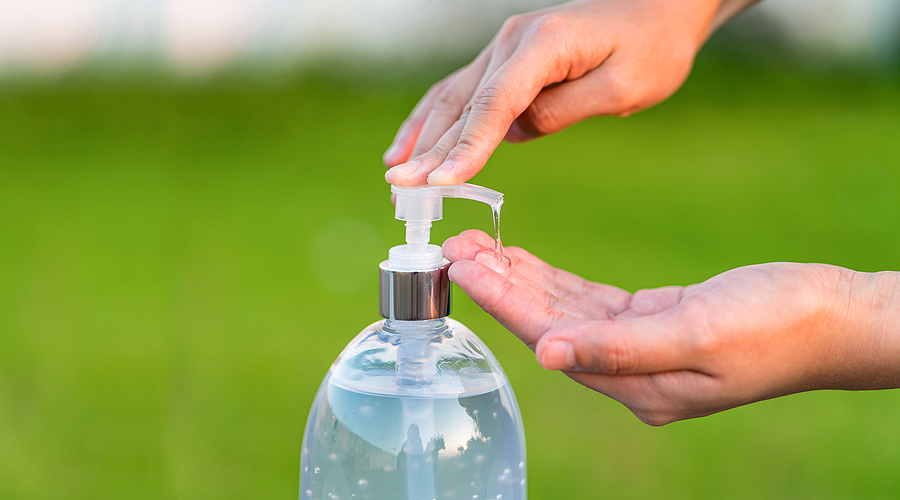
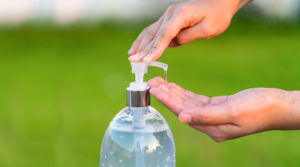 Throughout the ongoing fight against COVID-19, I think it’s safe to say we have all now learned the importance of washing your hands and using hand sanitizer. It truly is the best way to avoid spreading germs. Even on the course! However, though hand sanitizer helps your golfers play safely and comfortably, what is less commonly known is that hand sanitizer is harmful to your golf course turfgrass.
Throughout the ongoing fight against COVID-19, I think it’s safe to say we have all now learned the importance of washing your hands and using hand sanitizer. It truly is the best way to avoid spreading germs. Even on the course! However, though hand sanitizer helps your golfers play safely and comfortably, what is less commonly known is that hand sanitizer is harmful to your golf course turfgrass. 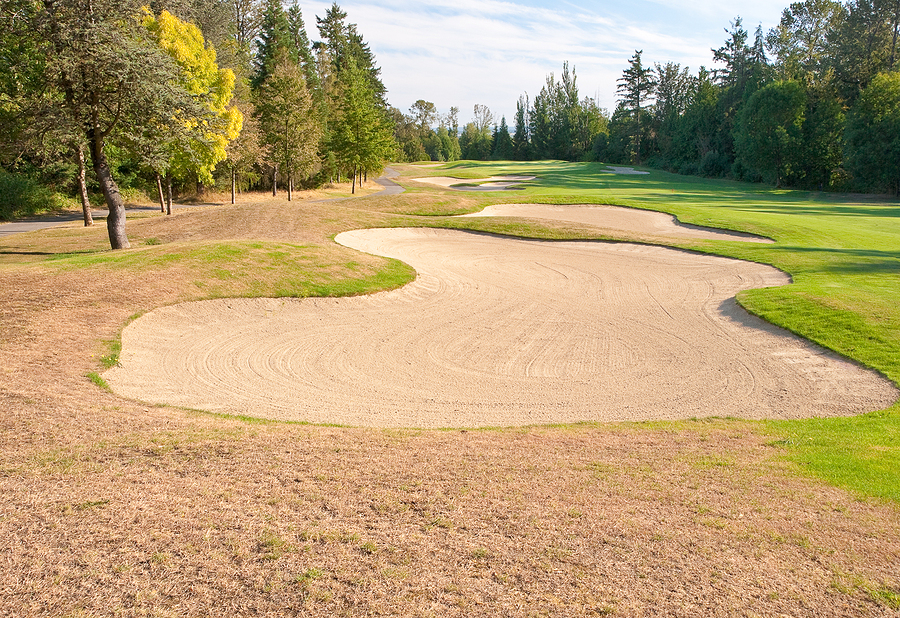
 When managing a golf course, it’s important to be prepared for the unexpected, especially when it comes to water. You never know when something like a pipe failure, a fire, or in most cases, lack of rainfall, will affect your course’s water supply. Since a golf course uses, on average, about
When managing a golf course, it’s important to be prepared for the unexpected, especially when it comes to water. You never know when something like a pipe failure, a fire, or in most cases, lack of rainfall, will affect your course’s water supply. Since a golf course uses, on average, about 
 Though most golfers focus on getting to the green, most of their time is spent in the fairways. After all, fairways account for, on average,
Though most golfers focus on getting to the green, most of their time is spent in the fairways. After all, fairways account for, on average, 
 As we all WELL know, there are many contributors to any successful golf course operation. It wouldn’t thrive without the super, pros, investors, players and grounds crew, but other important cast members include natural wildlife and pollinators. They're responsible for encouraging plant growth and pollinating flowering plants. Integrating wildflowers into your course landscaping is a simple way to support pollinators, and they can bring a whole slew of benefits.
As we all WELL know, there are many contributors to any successful golf course operation. It wouldn’t thrive without the super, pros, investors, players and grounds crew, but other important cast members include natural wildlife and pollinators. They're responsible for encouraging plant growth and pollinating flowering plants. Integrating wildflowers into your course landscaping is a simple way to support pollinators, and they can bring a whole slew of benefits.